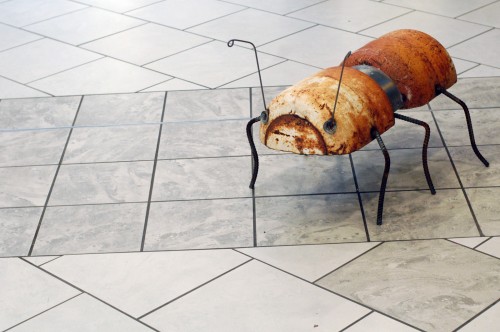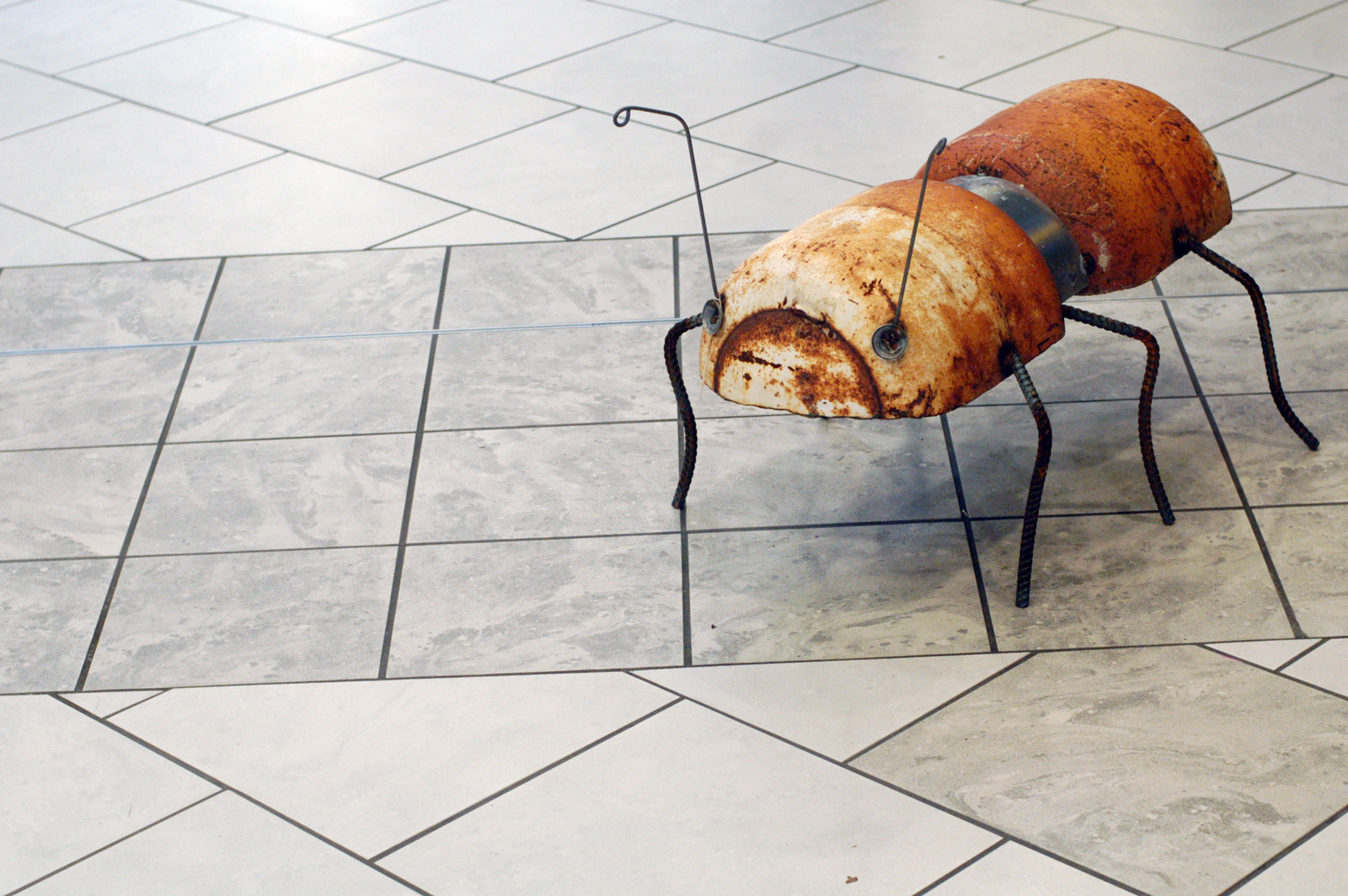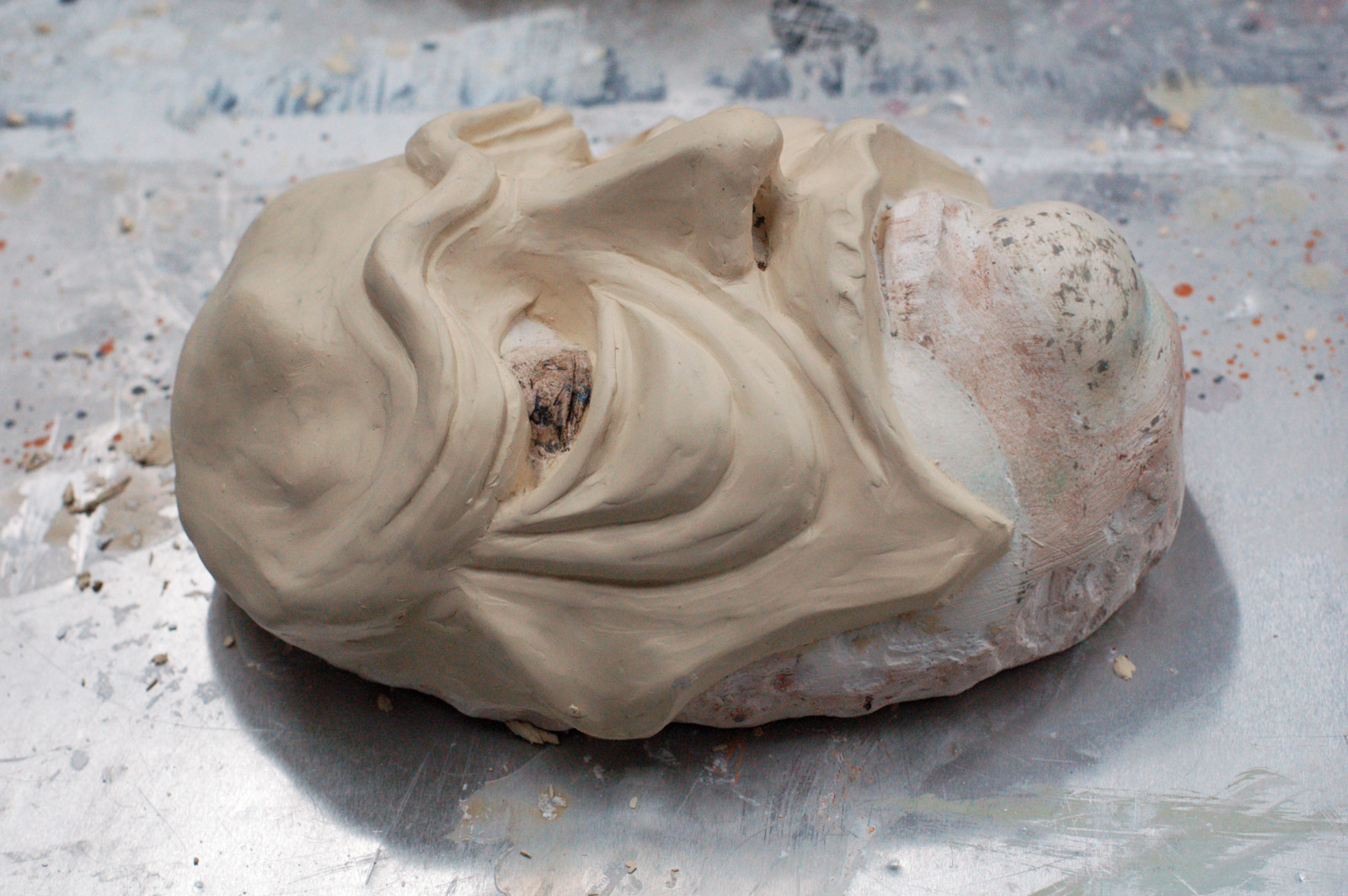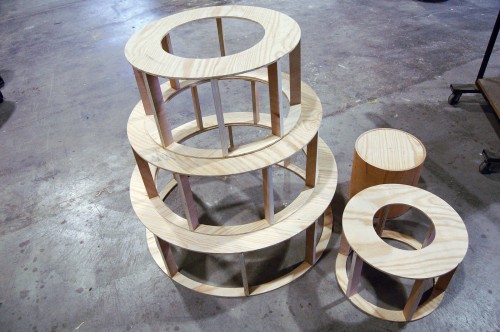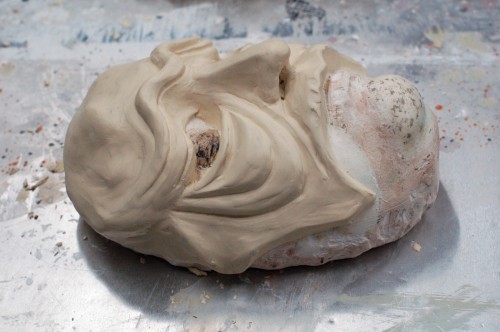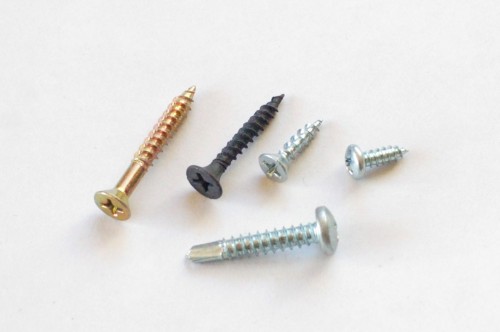Happy March 3rd everybody! Wait, it’s March 2nd? Did an extra day sneak in there somewhere? Anyway, I hope you enjoy the following websites as much as I did.
This brief article is about Adrienne Call, the only (undergrad) theatre tech major in props at SUNY New Paltz.
Here is a collection of the 50 most powerful images from the Civil War. There are a lot of illustrations and some photographs too.
The Wood Database, as would be expected, contains pictures of over 300 species of wood and ways to identify them. Many of the woods have multiple photographs showing their grain patterns as well as items constructed from them, and information on working with them and safety considerations (some wood is poisonous or toxic).
Basketry: this lengthy article talks about the history of basket-weaving and basketry, the materials used, the different methods of manufacture, and where basket-weaving techniques are used. There are a lot of pictures, but (unfortunately) no step-by-step instructions on making your own baskets. Still, it’s very informative for anyone having to deal with baskets and wicker work.
“There are No Accidents” is a series of public service videos by Prevent-It, a Canadian occupational safety organization. Most of the videos show a worker getting in a horrible (and often gory) accident, than recovering and explaining how workplace “accidents” are often the combination of employers pushing the limits, supervisors not maintaining machines and following policies, and workers doing something they know is dangerous.
Finally, not to get political, but the title alone of this next article is so apt for prop people: You Actually Can Put A Gun Rack In A Chevy Volt, Newt Gingrich.
